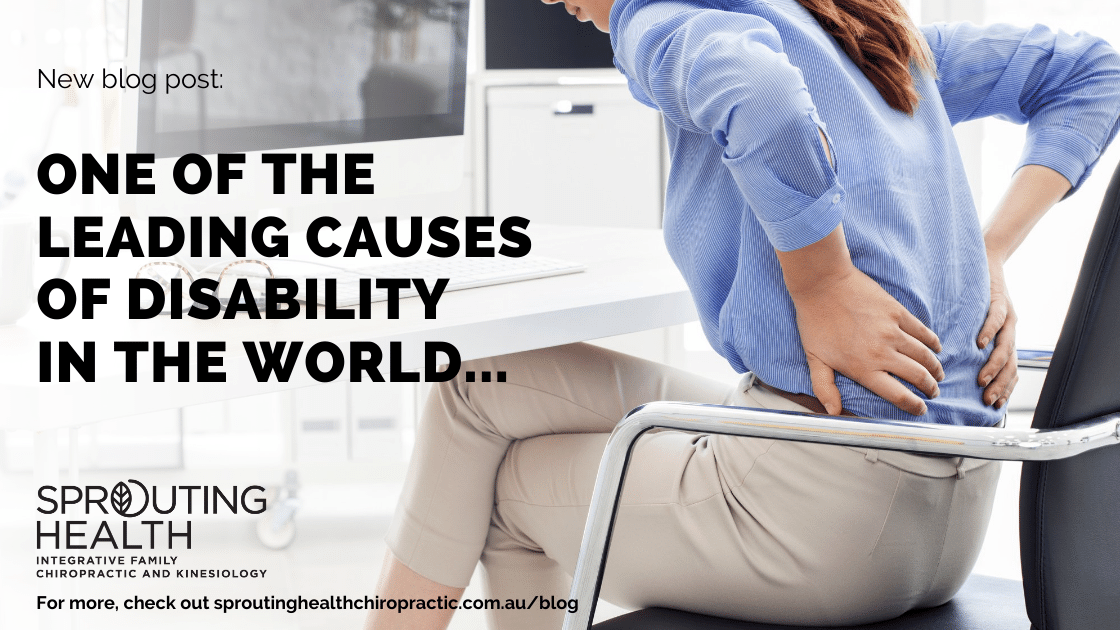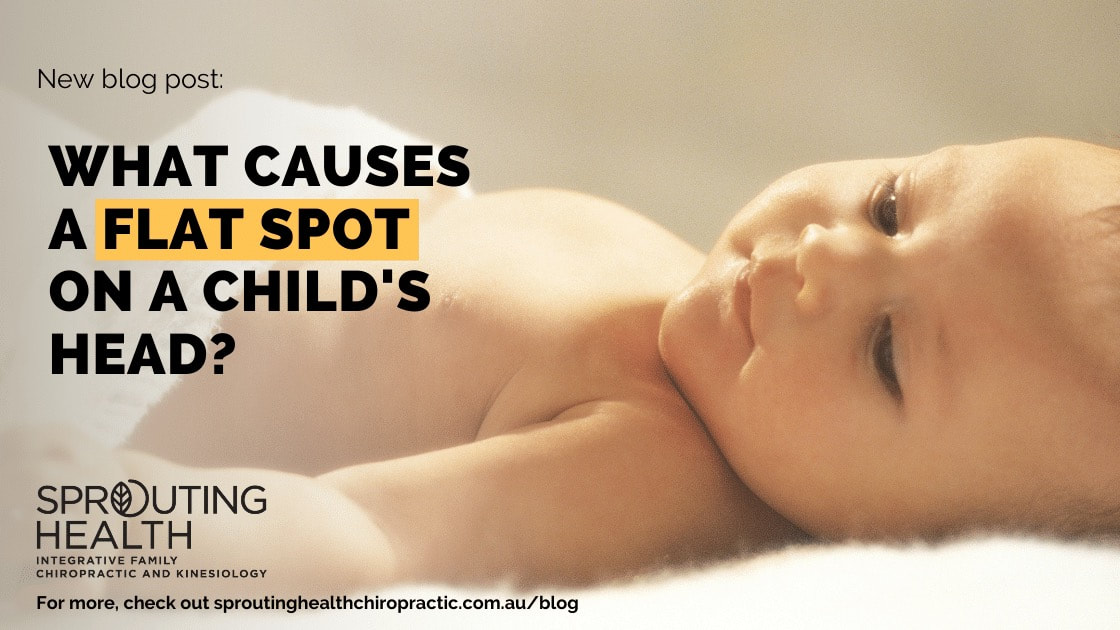|
Shoulder pain and rotator cuff injuries are very common to see in clinical setting, as well as our day to day life. 70% of people at some point in life get shoulder issues!! This is huge! 40–60% of individuals with shoulder pain experience it for a duration of a year or more.(1) Increase of age, repetitive overhead movement and history of trauma has been shown to relate to damaging the rotator cuff muscles.(2)
The rotator cuff is composed of four different muscles that predominantly allows free movement of the arm while maintaining a certain level of stability. Shoulder supporting structures such as the scapula, shoulder muscles and neurovascular components are overlying on each other and extremely complex. Diagnosis of shoulder pain can vary from common inflammatory conditions e.g. osteoarthritis, tendonitis, bursitis to cervical radiculopathy and even apical lung cancer.(3) Therefore, clinicians often combine a medical history and perform orthopaedic testing, ultrasound or MRI to pinpoint a diagnosis and provide appropriate treatment options. Since a lot of rotator cuff injuries are asymptomatic and reportedly undiagnosed, it is vital to pick up subtle signs early to avoid further damage to the shoulder.(2) One quick test to assess one of your rotator cuff muscle is called the “empty can test”. It is very easy to do at home and you will need a friend to help. “Hold your arm straight and 45 degrees away from midline. Imagine you are holding a can and trying to empty it. Ask your friend to gently apply a downward pressure from your wrist.” If you are unable to hold against a gentle pressure, or feel pain in your shoulder, it is suggested that a full shoulder assessment with appropriate professionals be undertaken. Chiropractic has a strong musculoskeletal base incorporating spinal and upper extremity joint management for shoulder pain. A clinical trial has shown chiropractic manipulative therapy provides short term benefits from shoulder pain sufferers.(4) Management and care plan will always be made on a case by case basis and more research is suggested for chiropractic care and shoulder pain. Give our practice a call if you failed the test and have concerns! Sprouting health team are here to help and we will always redirect you if we can’t. Reference 1. Minkalis AL, Vining RD, Long CR, Hawk C, de Luca K. A systematic review of thrust manipulation for non-surgical shoulder conditions. Chiropractic & manual therapies. 2017;25(1):1. 2. Yamamoto A, Takagishi K, Osawa T, Yanagawa T, Nakajima D, Shitara H, et al. Prevalence and risk factors of a rotator cuff tear in the general population. Journal of Shoulder and Elbow Surgery. 2010;19(1):116-20. 3. Whittle S, Buchbinder R. Rotator cuff disease. Annals of internal medicine. 2015;162(1):ITC1-ITC16. 4. Munday SL, Jones A, Brantingham JW, Globe G, Jensen M, Price JL. A Randomized, Single-Blinded, Placebo-Controlled Clinical Trial to Evaluate the Efficacy of Chiropractic Shoulder Girdle Adjustment in the Treatment of Shoulder Impingement Syndrome. Journal of the American Chiropractic Association. 2007;44(6).
0 Comments
Low back pain is one of the leading causes of disability globally (1). In the US military, it is the most common reason members seek medical care (2). For many, it can cause limitations to daily function and can have a big impact on mental health (3). Do you or a loved one experience low back pain? This is an important article that can make the world of difference to you.
“The direct cost of back pain in the US in 2010 were $34 billion” (4) Common medical therapies for low back pain, which include the use of nonsteroidal anti-inflammatory drugs, opioids, spinal fusions, and epidural steroid injections, have been demonstrated to have limited effectiveness (5-7). About 30% of adults in the US with spinal pain have used chiropractic care (8), but can it help manage low back pain and are there benefits? In a recent research literature, where they were looking at changes to pain and disability among US service members with low back pain, 750 members were enrolled for the study. The members were put into 2 groups, one group only received the usual medical care for low back pain, while the other group received the usual medical care along with chiropractic care as well. The group which also received chiropractic care resulted in moderate short-term treatment benefits in both low back pain intensity and disability and led to high patient satisfaction and perceived improvements (9). This study did have some limitations as it only followed up with the participants for 12 weeks, so it was relatively short term, and further research is needed to assess longer term outcomes. But it can be seen that chiropractic may be of benefit along with the usual medical therapies to help manage low back pain. If you want to find out if chiropractic may help manage low back pain for you or your loved ones, have a chat with one of our chiropractors to see how they can assist. “Improving your overall function and pain levels is important for your overall quality of life” 1.Vos T, Barber RM, Bell B, Bertozzi-Villa A, Biryukov S, Bolliger I, Charlson F. Global, regional, and national incidence, prevalence, and years lived with disability for 301 acute and chronic diseases and injuries in 188 countries, 1990–2013: a systematic analysis for the Global Burden of Disease Study 2013. Lancet. 2015;9995:743-800. 2. Clark LL,Hu Z. Diagnoses of low back pain, active component, U.S. Armed Forces,2010-2014.MSMR.2015;22 (12):8-11. 3. Froud R, Patterson S, Eldridge S, Seale C, Pincus T, Rajendran D, Fossum C, Underwood M. A systematic review and meta-synthesis of the impact of low back pain on people’s lives. BMC Musculoskeletal Disord. 2014;15:50. 4. Gaskin DJ, Richard P.The economic costs of pain in the United States.JPain.2012;13(8):715-724. 5. Deyo RA, Mirza SK, Turner JA, Martin BI. Overtreating chronic back pain:time to back off? JAmBoardFam Med. 2009;22(1):62-68. 6.Manchikanti L, Knezevic NN, Boswell MV, Kaye AD, Hirsch JA. Epidural injections for lumbar radiculopathy and spinal stenosis: a comparative systematic review and meta-analysis. Pain Physician. 2016;19(3):E365-E410. 7. Machado GC, Maher CG, Ferreira PH, Day RO, Pinheiro MB, Ferreira ML. Non-steroidal anti-inflammatory drugs for spinal pain: a systematic review and meta-analysis. Ann Rheum Dis. 2017;76(7):1269-1278. 8. Weeks WB, Goertz CM, Meeker WC, et al. Public perceptions of doctors of chiropractic: Results of a national survey and examination of variation according to respondents’ likelihood to use chiropractic, experience with chiropractic, and chiropractic supply in local health care markets. J Manipulative Physiol Ther 2015;38:33–544. 9. Goertz, C.M., Long, C.R., Vining, R.D., Pohlman, K.A., Walter, J. and Coulter, I., 2018. Effect of usual medical care plus chiropractic care vs usual medical care alone on pain and disability among US service members with low back pain: a comparative effectiveness clinical trial. JAMA network open, 1(1), pp.e180105-e180105. There are many reasons why parents bring their children in to see a chiropractor. One of the more significant reasons with infants is plagiocephaly. Plagiocephaly simply put is asymmetry of the head. There is more than one type of this asymmetry, for the purposes of this, we are looking at positional plagiocephaly. (1-3)
Positional plagiocephaly typically occurs from mechanical factors applied over time, which can occur in utero, at birth or postnatally. In this condition there is flattening of one side of the occiput. The region of occipital flattening relates to the side that the head is toward when in the supine (on back) sleeping position. (1) In 1994, the Back to Sleep campaign started, which saw the risk of sudden infant death syndrome (SIDS) drop by 40-60%. There was, however, an unfortunate side effect that was positional plagiocephaly, which increased by up to 600%. It has been suggested that this has exacerbated a lack of tummy time. (2) This is where we as chiropractors come in. The research is showing that physical therapy is beneficial in increasing the range of motion for a child’s neck, which has been shown to be present in almost all cases of plagiocephaly. The cause of this is not fully understood, but is appear to be associated with multiple factors (as mentioned above) which restrict range of motion and joint dysfunction. Ultimately, this highlights that having a physical therapist, such as a chiropractor, in the treatment team may well help manage this type of plagiocephaly in your child. (1-3) References
Sports-related concussion (SRC) rates in children has doubled during the last decade[1] so here is some really important information that you need to know!
Many children with SRC will experience symptom resolution within 2 weeks, however 33% of these children will experience other ongoing issues including somatic, cognitive, physiological and/or behavioural symptoms. When these symptoms persist longer than 28 days, they are referred to as “persistent post-concussion symptoms”1. Persistent post-concussion symptoms can have serious adverse effects on children and can result in school absenteeism, impaired academic performance, depressed moods, loss of social activities and lower quality of life1. Return to exercise at the level prior to concussion is the primary determinant of physiological readiness to return to sport. Exercise can exacerbate symptoms after concussion so the “Rest-is-best” approach is commonly prescribed for anyone who experiences a concussion, however there is research out now that looks into concussion recovery in a different way. A 2019[2] study looked into the effect of using rehabilitative exercise vs. static stretching to treat children with concussion symptoms that had lasted more than a month. This study found that moderate level exercise after the first 48 hours following concussion could safely speed recovery and decrease symptom scores more rapidly, although this did not reach clinical significance. Given the burden of social and academic problems during prolonged recovery in children, this reduction in delayed recovery for some participants was significant. Aerobic exercise training has beneficial effects on autonomic nervous system regulation, cerebral blood flow regulation, cardiovascular physiology and brain neuroplasticity.2 However more research is needed to assess the mechanisms of aerobic training and persistent post-concussive symptoms. If your child has experienced a concussion or significant bump to the head, give our practice a call so we can assess and help manage your child to a speedy recovery. References
|
AuthorBlogs by the team at Sprouting Health Archives
July 2024
Categories |





 RSS Feed
RSS Feed
